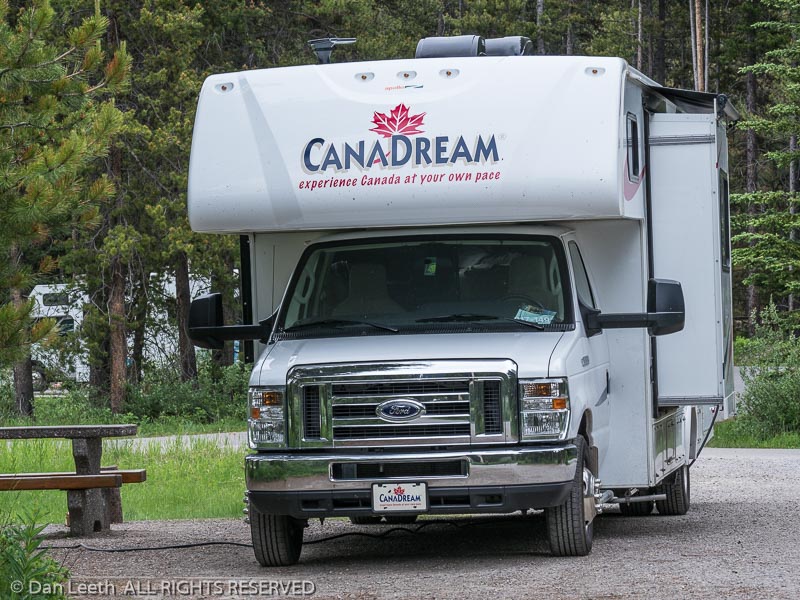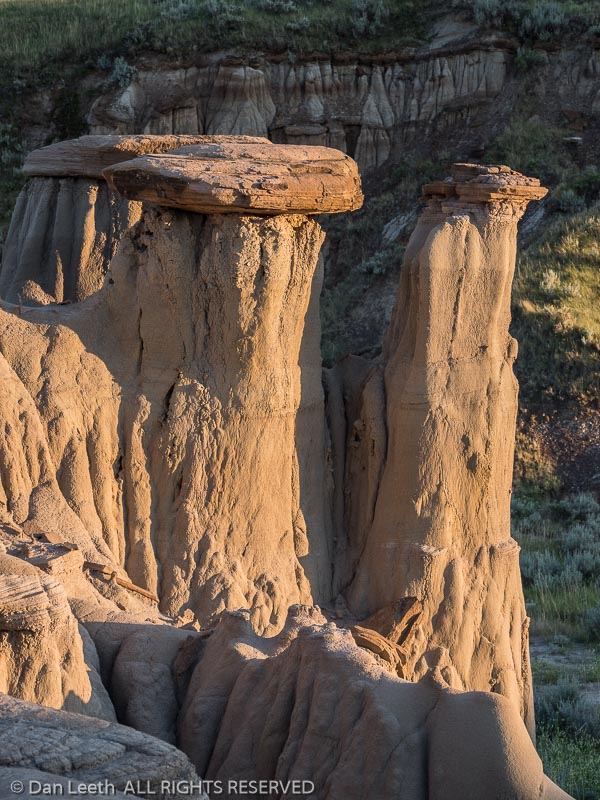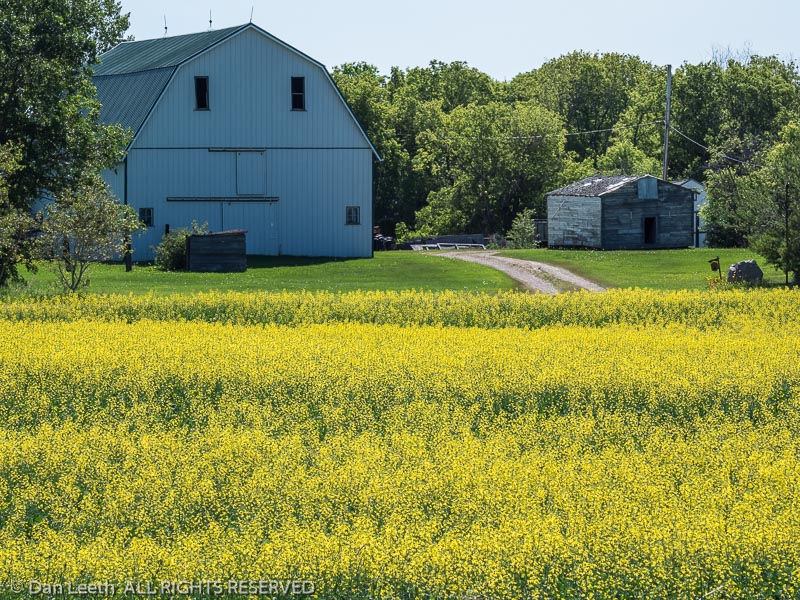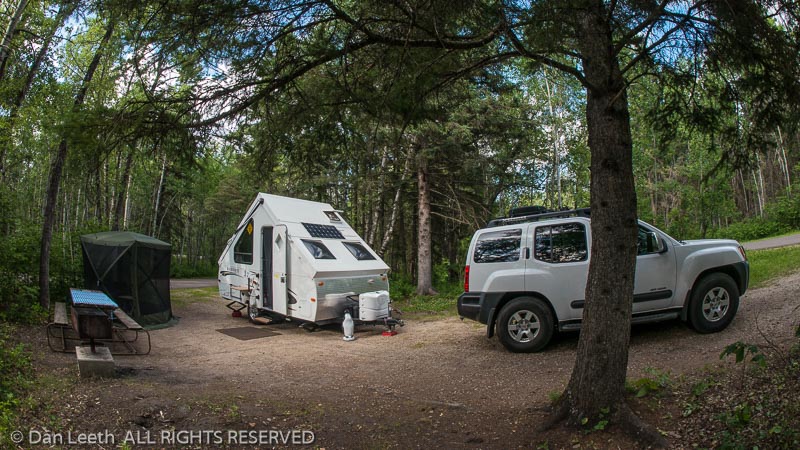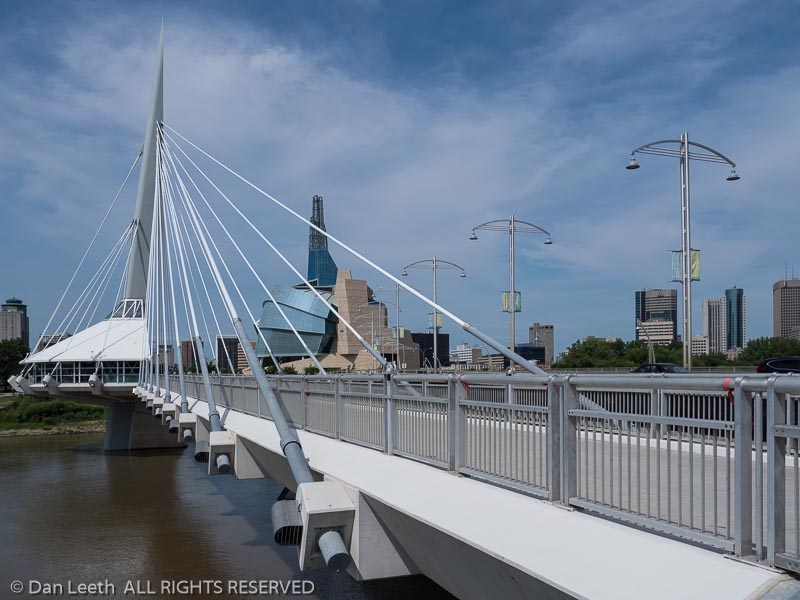Sunday morning, we departed Kootenay and headed toward Banff National Park in Alberta. Less than 15 kilometres up the highway, we passed a grizzly dining along the roadway. If that happened in Grand Teton or Yellowstone National Parks, traffic would have come to a standstill as folks poked cameras or their kids out car windows to get a shot. The three cars ahead of us on the road didn’t even slow down.
While the campground seemed like Corps of Engineer sites, driving through the length of Kootenay National Park seemed like motoring through an American national forest. There were a few scenic pullouts with interpretive placards, but nothing special.
We turned off onto the road to Lake Louise and were immediately greeted by something I’ve never seen in an American national park – guys in dayglow green jumpsuits directing traffic. Seeing our trailer, the traffic coordinator motioned us forward. But I was following Garmie (the voice on our Garmin navigator) who said we should turn left in 200 metres.
Now, I’m used to her saying things like “turn in 200 feet,” which is like right now, so I turned at the next intersection. We proceeded up the wrong street to where it dead-ended. I tried to save face by stopping at the corner gas station for a fill up. Back on the street, this time I followed the guy in the dayglow jumpsuit.
Lake Louise has two campgrounds. One is for hard-sided units only and has 120-volt hookups. The other, for tents and canvas popup trailers, has no hookups and lies surrounded by a 7,000-volt electric fence, designed to keep the bears out. We opted to live dangerously and reserved a site in the hard-sided section.
“Do you get many bear maulings here?” I asked the lad at the campground check-in booth.
“We don’t like to talk about that,” he replied in a dead-serious voice.


